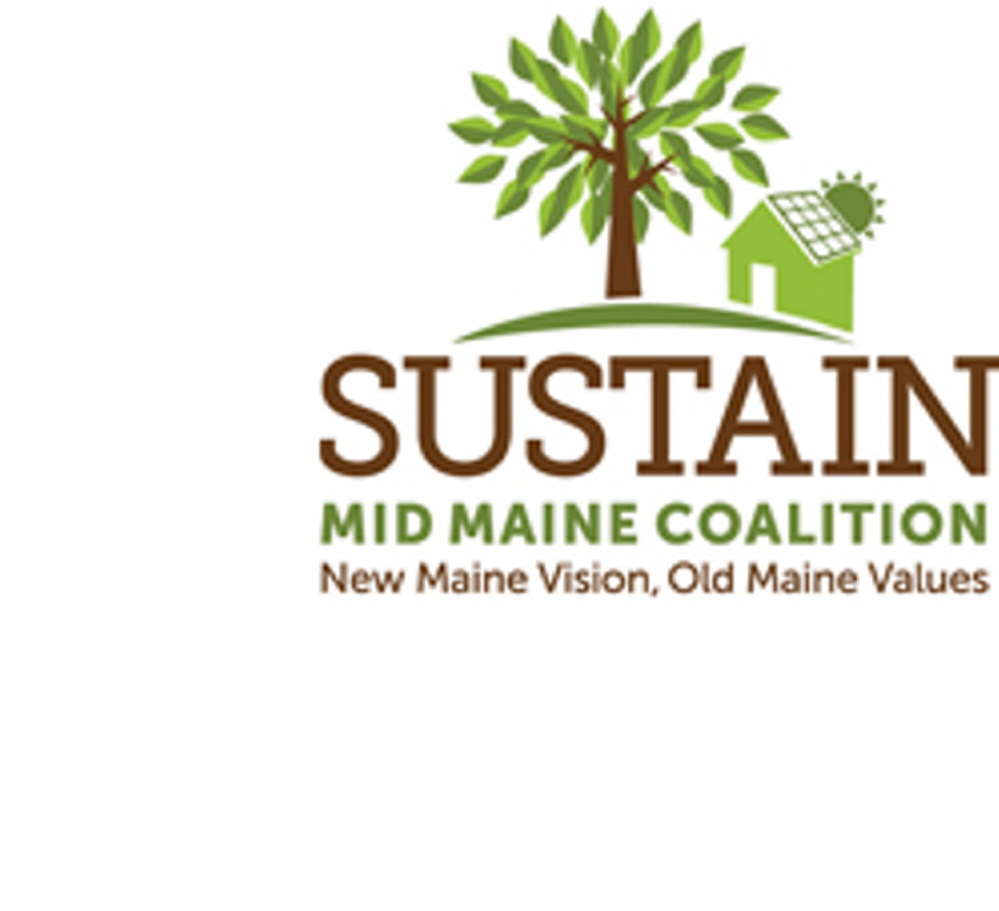Do you ever wonder what happens to all those newspapers, cans, bottles and plastic that you dutifully collect and put out by the curb for pickup or take to your transfer station? Many believe they just go to a landfill after all that work. Not true.
Let’s start with newspapers, which have been recycled for many years, long before the word “recycling” was popular. Many newspapers recycled in Maine go to the local Hutamaki plant and are used to make paper plates and other products. Other newspapers are baled and shipped to mills throughout the United States to make cereal boxes and other paperboard containers. Some are used to make insulation or the coating on Sheetrock for housing construction; others are made into pulp to make more newspapers.
Magazines are recycled into more magazines, tissue paper and even writing paper. Statler Tissue, a mill that used to be located in Augusta, took many of the magazines that were recycled in Maine.
Corrugated cardboard, after being baled up, is usually sent to mills in the U.S., in Canada and overseas to make more cardboard. What we call “mixed paper,” a lower-grade mix that includes cereal boxes, junk mail, shiny fliers and other types of gray paperboard containers, after it is pulped, can be made into underlayment roofing paper, part of the lining for insulated jackets and more paperboard containers or more cardboard.
Aluminum cans are probably one of the cleanest and most durable materials we recycle. They are baled or shredded or flattened, then melted down and usually go into making more aluminum cans. Using them this way reduces the energy use by 90 percent over making aluminum cans from virgin materials. Aluminum cans can be used over and over indefinitely, which makes it one of the top priority recycled materials. In Maine, almost 6.4 million pounds of aluminum is collected annually, just from the bottle bill returnables.
Plastics are separated into their resin type, which is the number shown in the chasing arrows on the bottom of all plastic bottles sold in the United States. Each stream of plastic then is sold to the mills in the United States and abroad, where they are ground into flakes and washed. Much of this plastic is turned into pellets sold to other plastic molding companies, which turn them into new bottles or containers or, if the plastic was a lower grade, then into toys or detergent bottles. Plastic soda bottles, No. 1 grade PET (polyethylene terephthalat), is the most valuable plastic and is remanufactured into new soda bottles. More than 11 million pounds of No. 1 is collected annually in Maine from the bottle deposit program.
Other recycled items include tin cans and other bits of metal, which are crushed into cubes, then shipped to smelting plants in North America, often a steel mill in Pennsylvania or a mill in Canada that makes rebar. Office paper in Maine often gets turned into tissues at the Cascades Mills products plant.
The next time you’re tempted to throw something away, challenge yourself to think about what it might be manufactured into and given a new life and purpose, rather than being burned or buried.
Ross Nason is team leader of Sustain Mid Maine Coalition’s Rethink, Reduce, Reuse Recycle Team and an environmental planner at Kennebec Valley Council of Governments. Geoff Hill is a member of Sustain Mid Maine Coalition’s Rethink, Reduce, Reuse Recycle Team and is retired from the State Planning Office.
Send questions/comments to the editors.



Comments are no longer available on this story